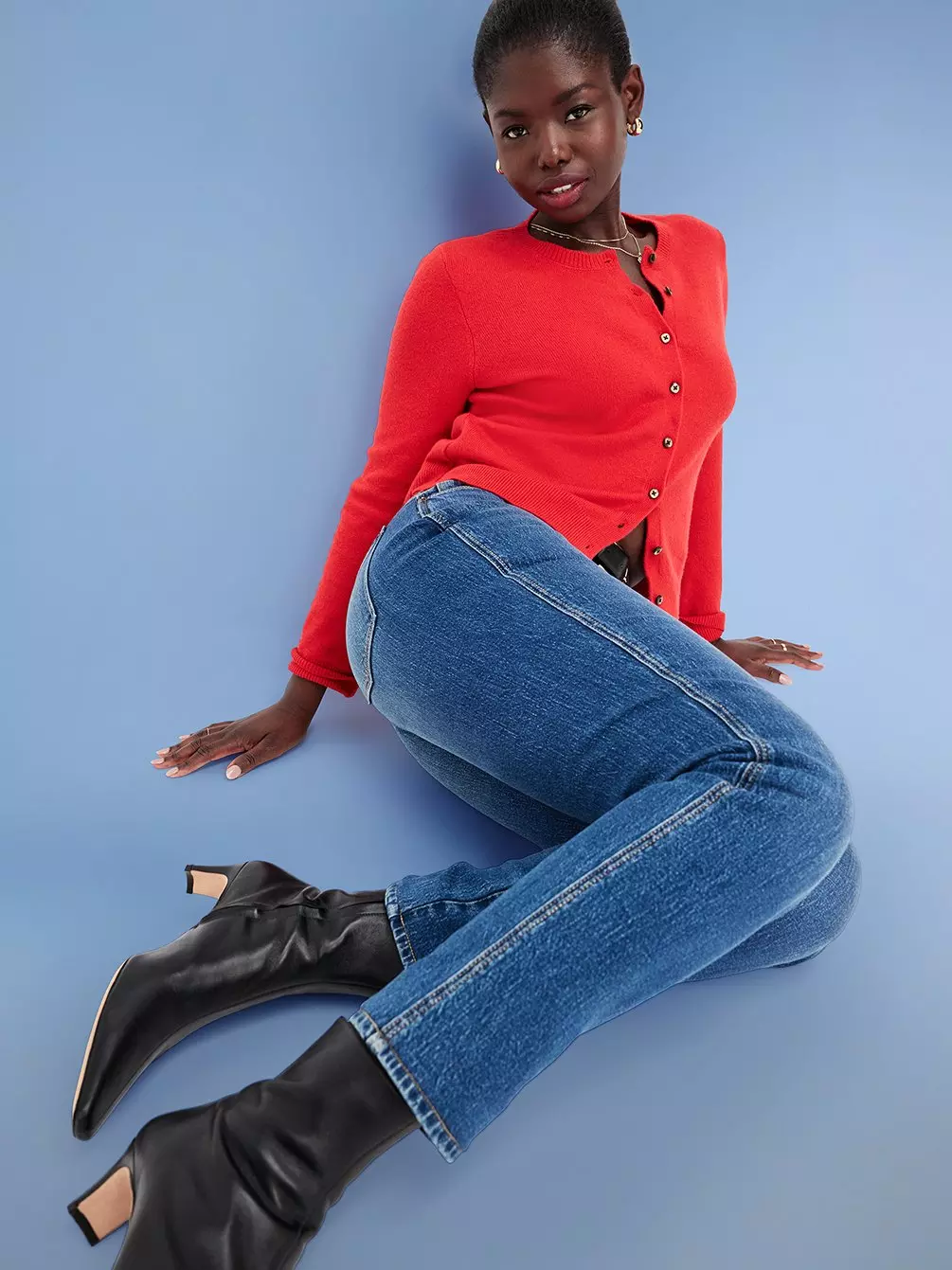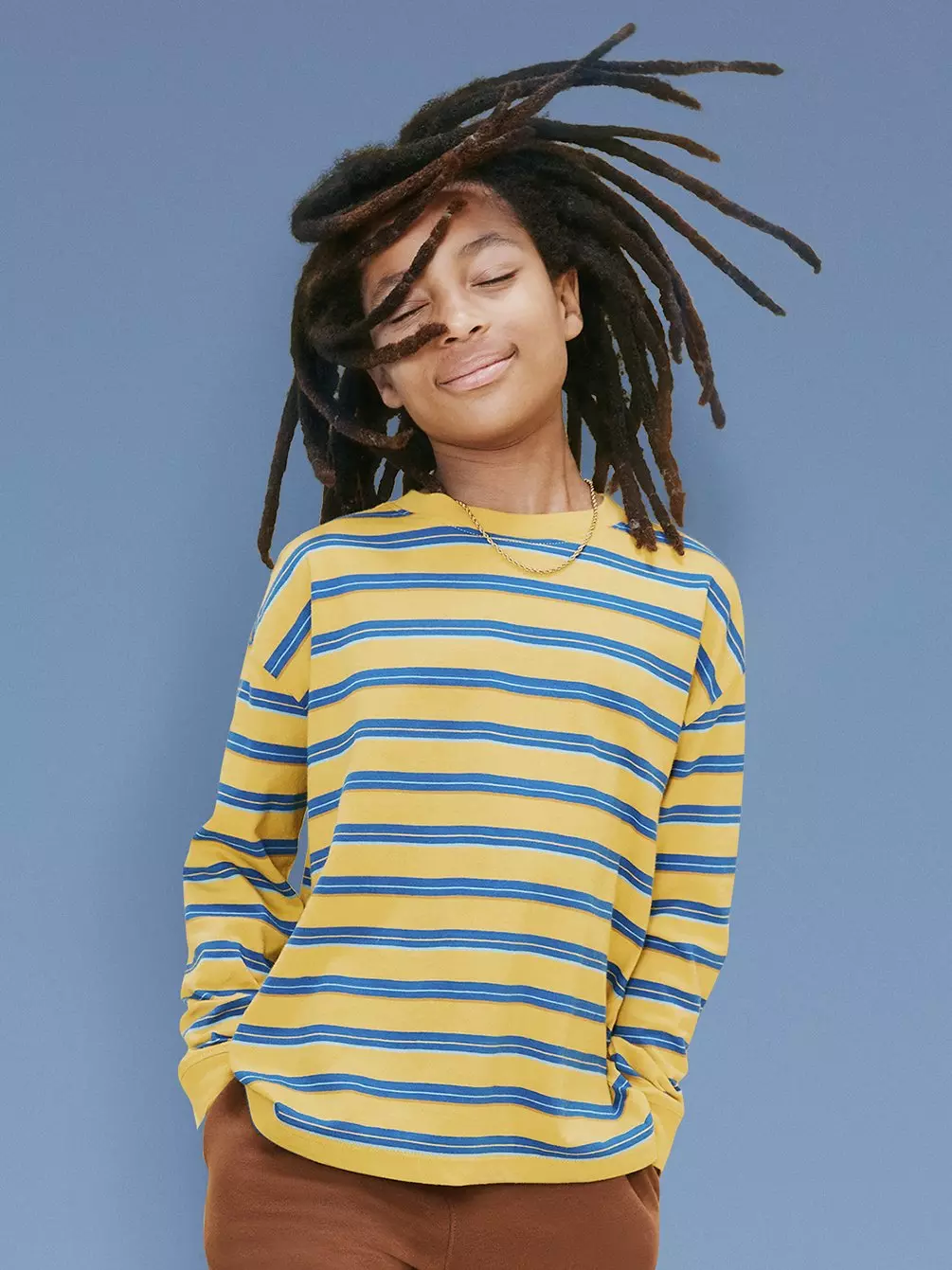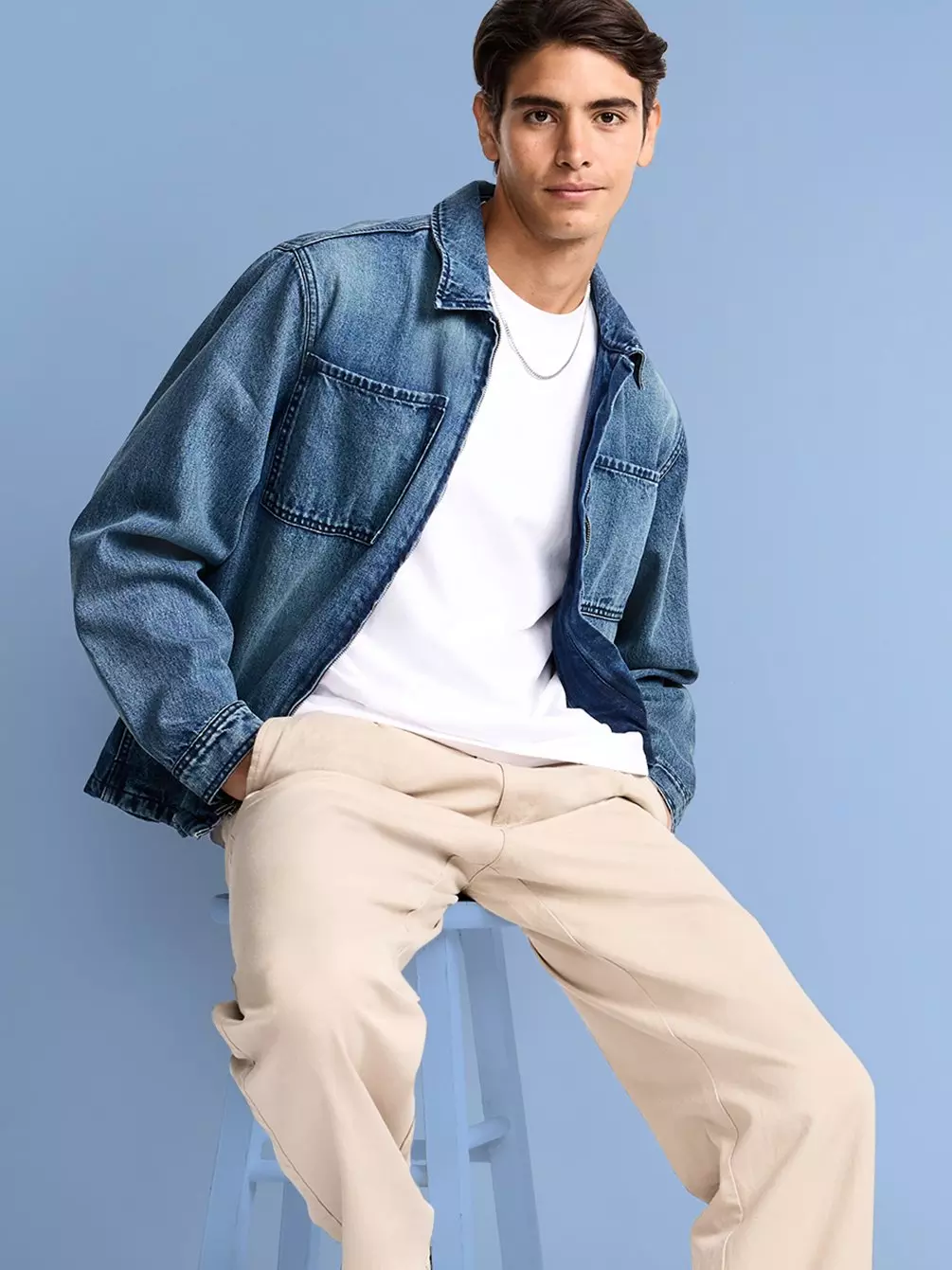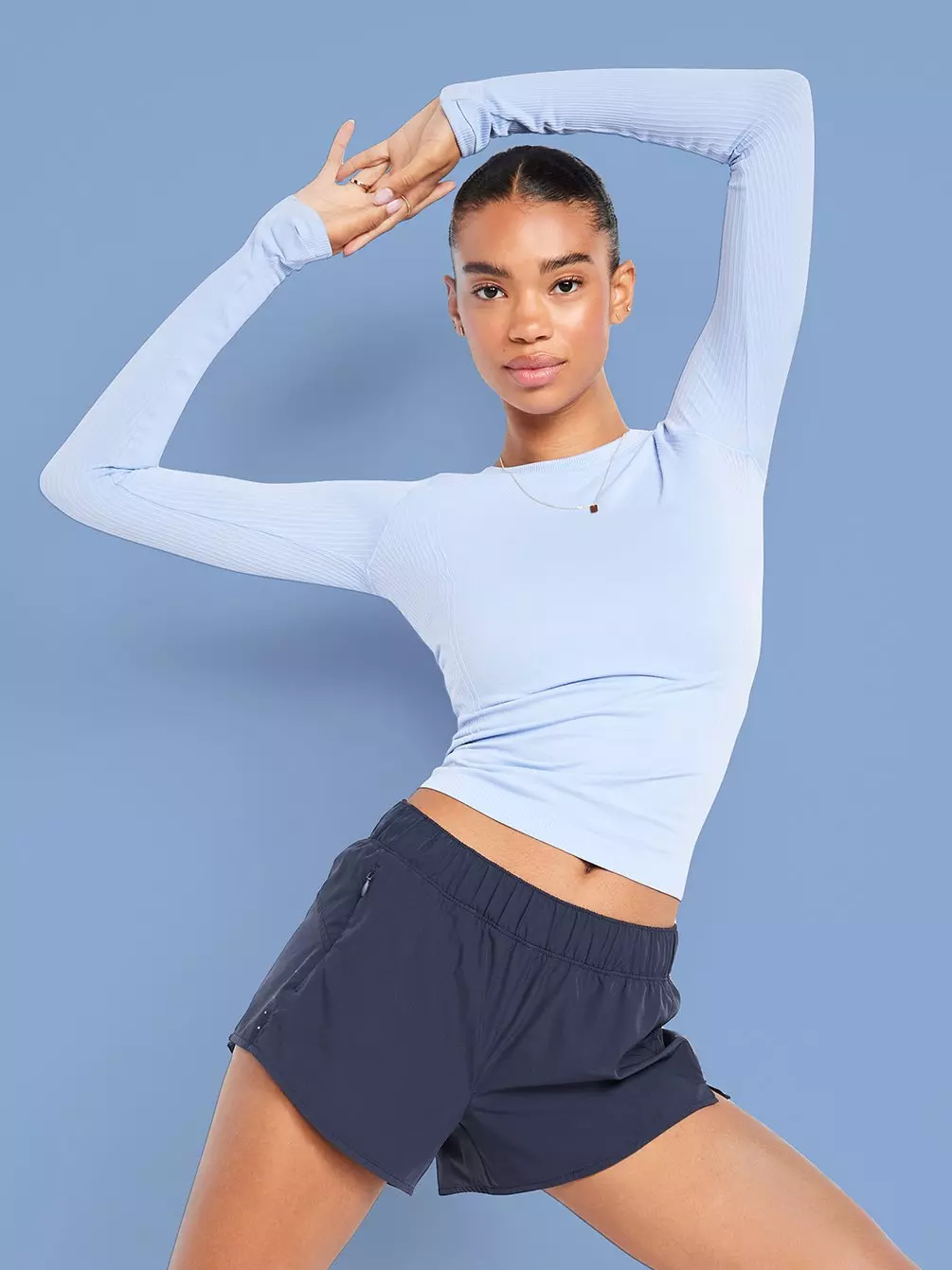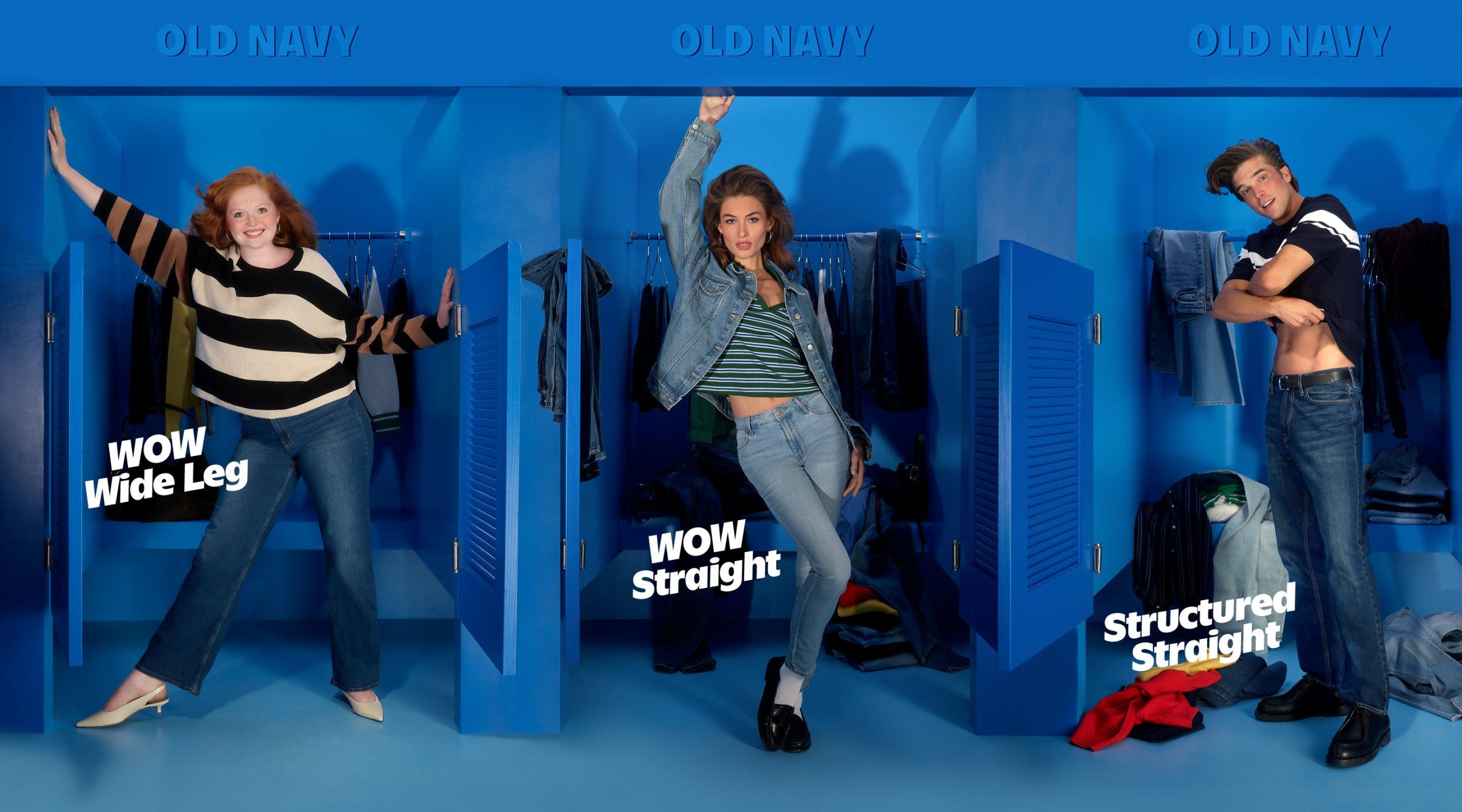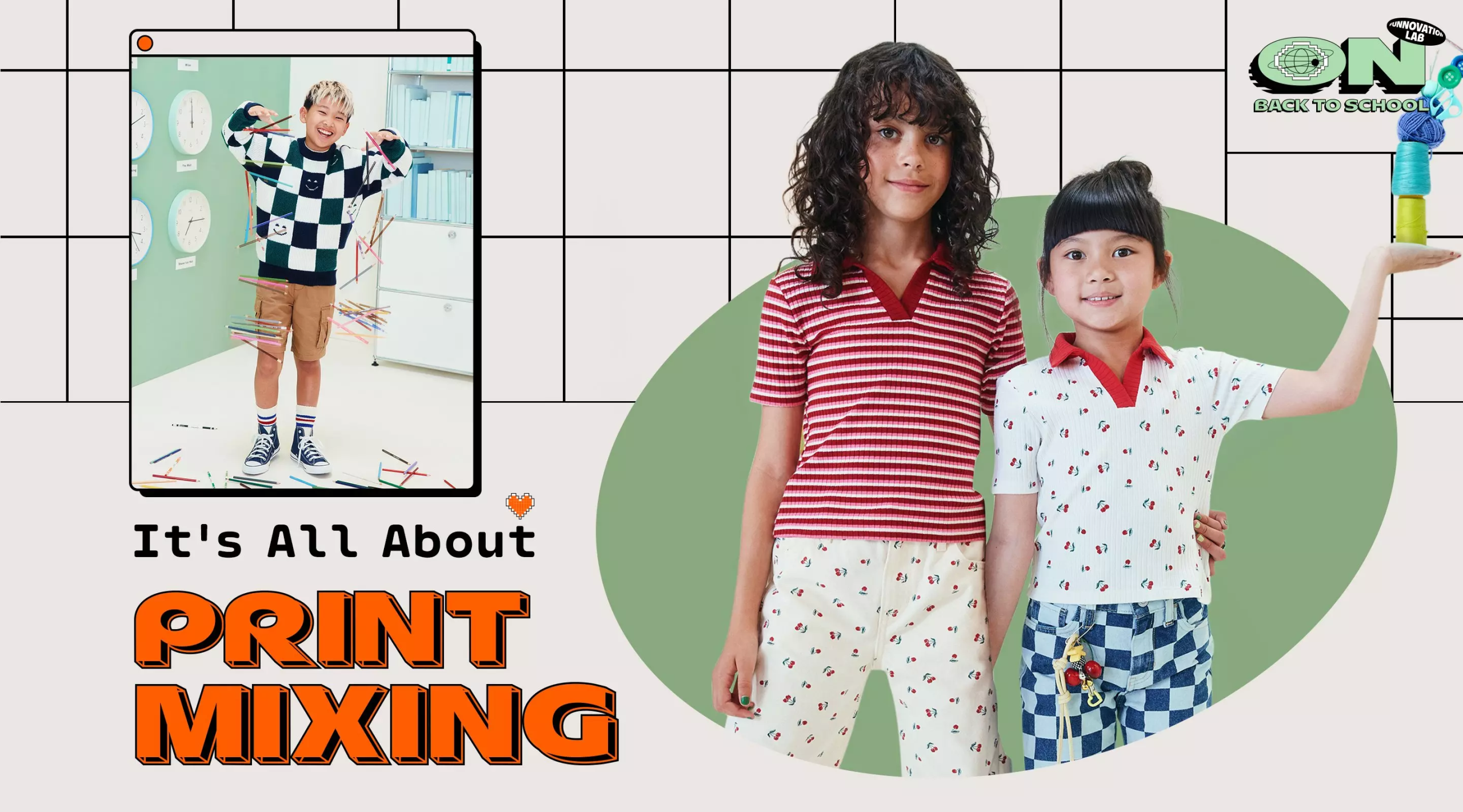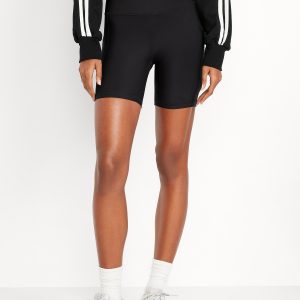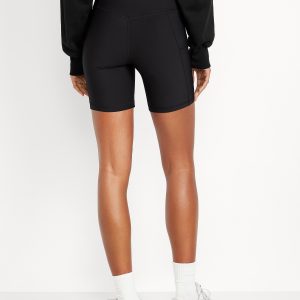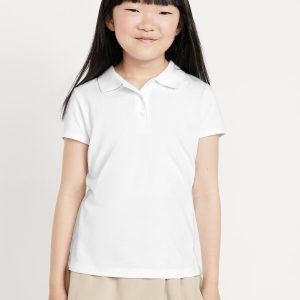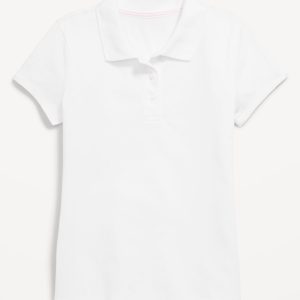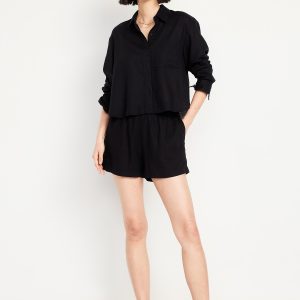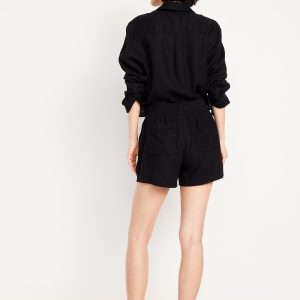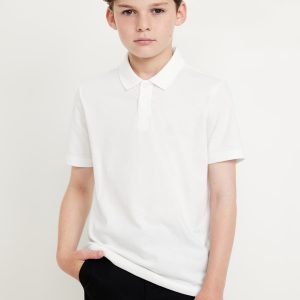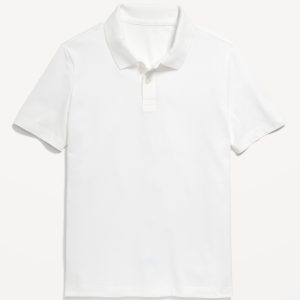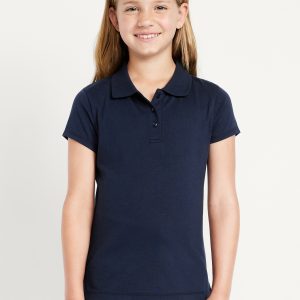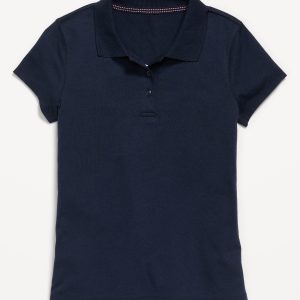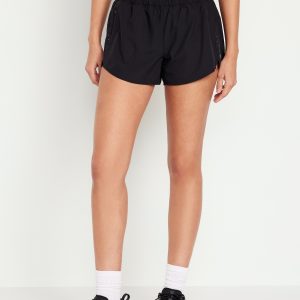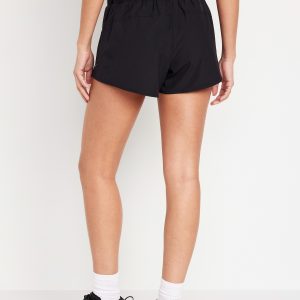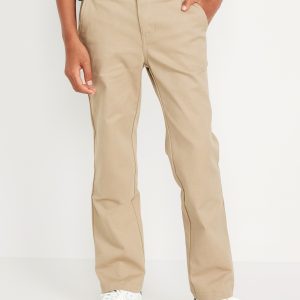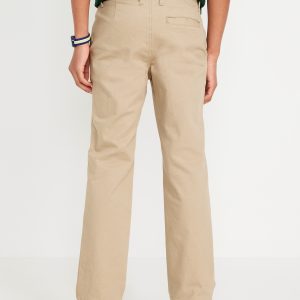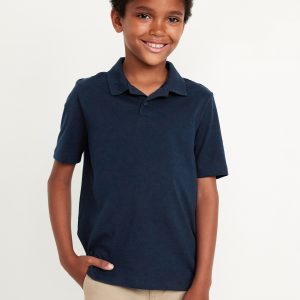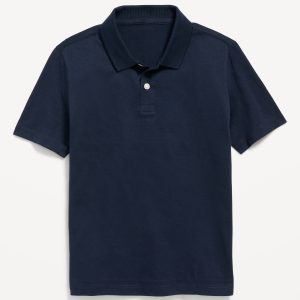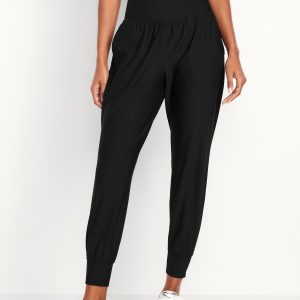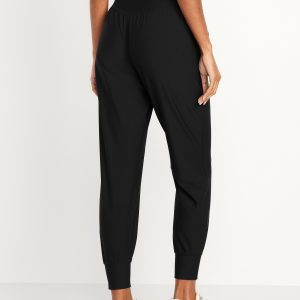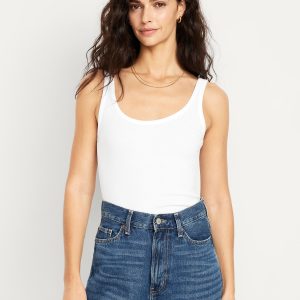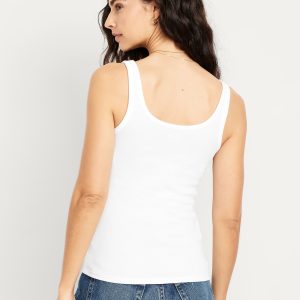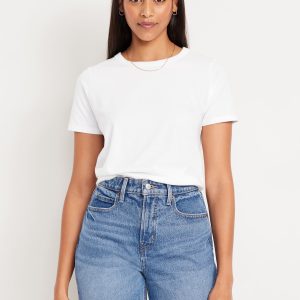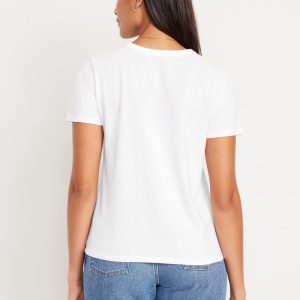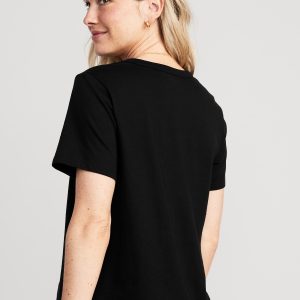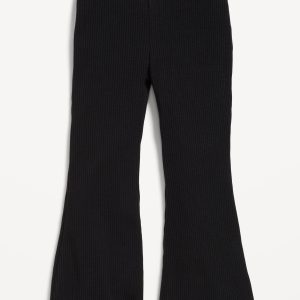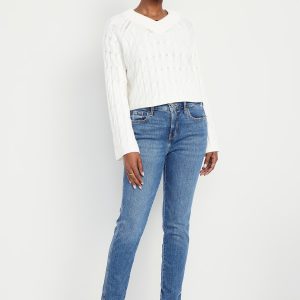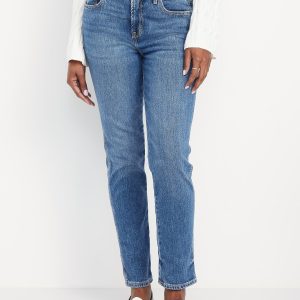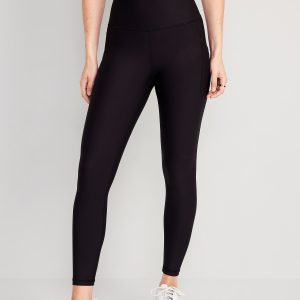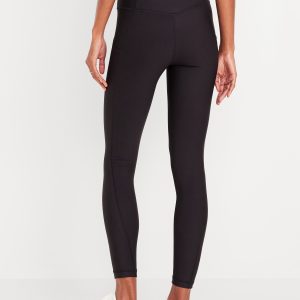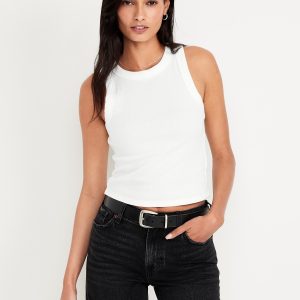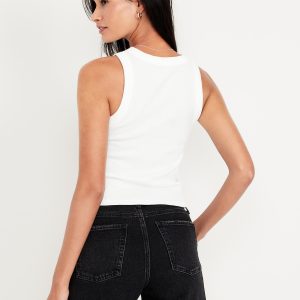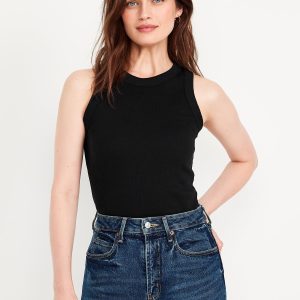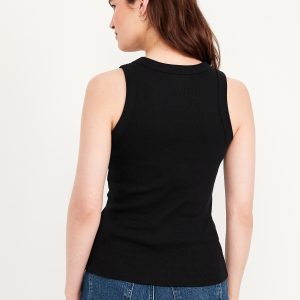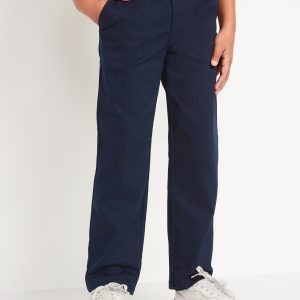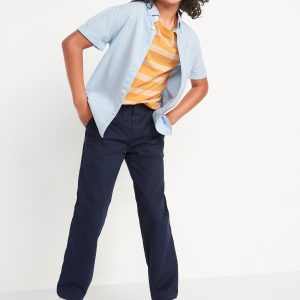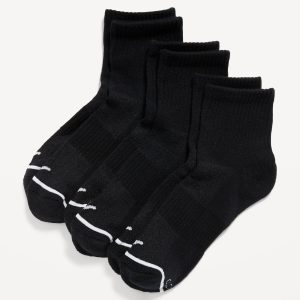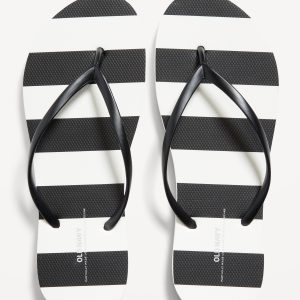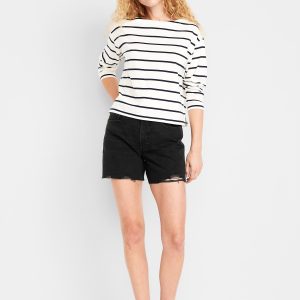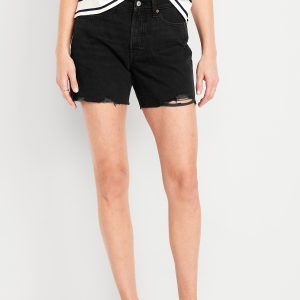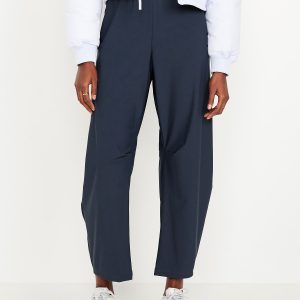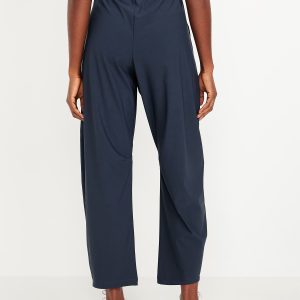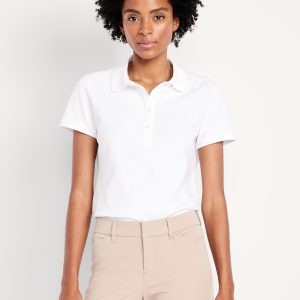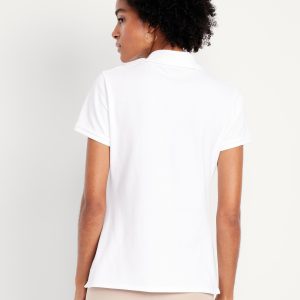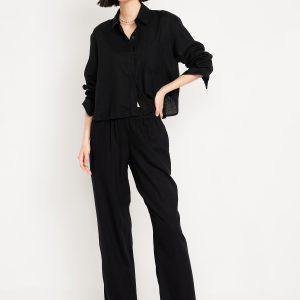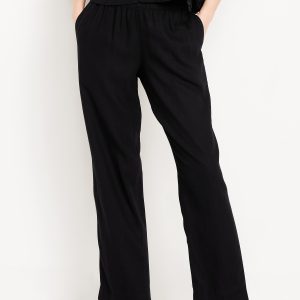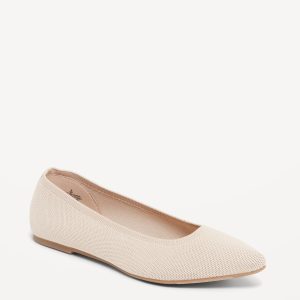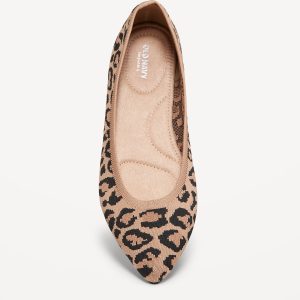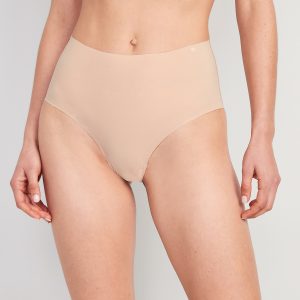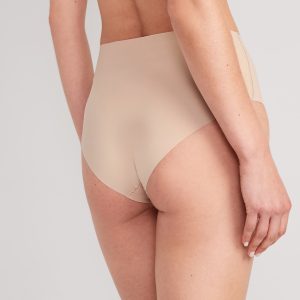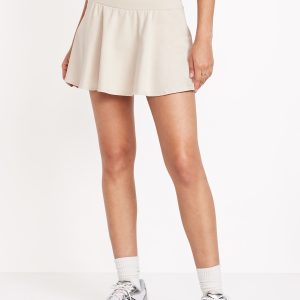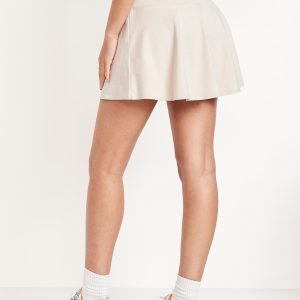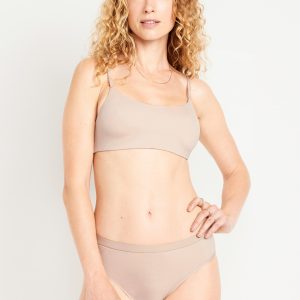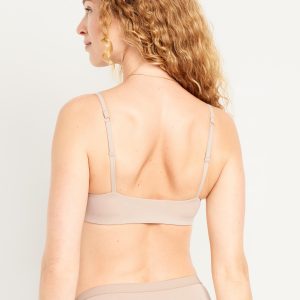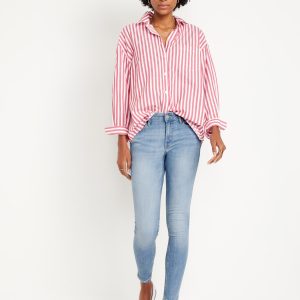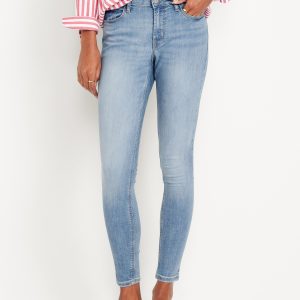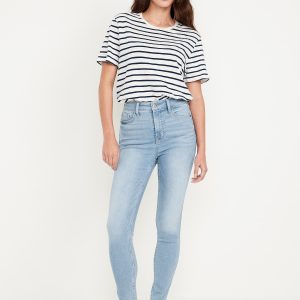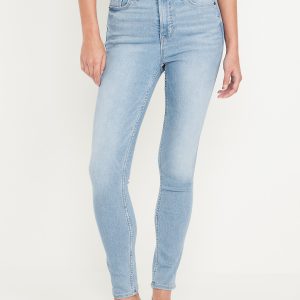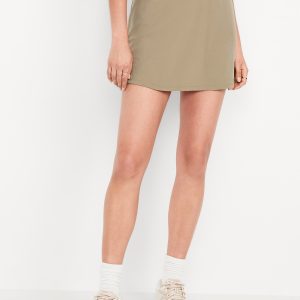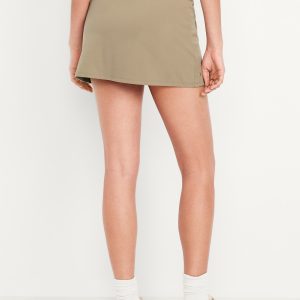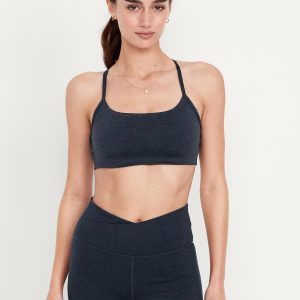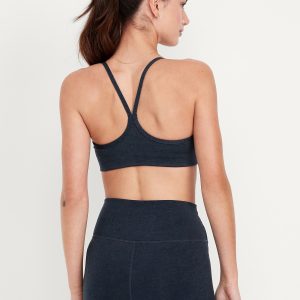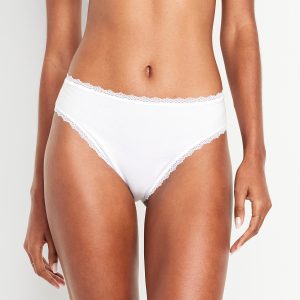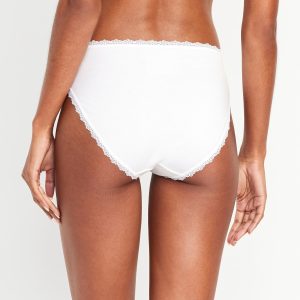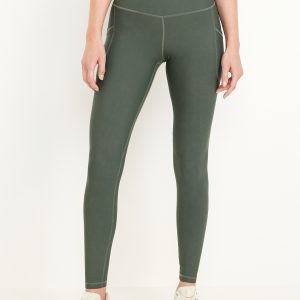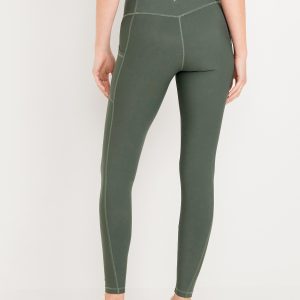Welcome! The blog posts displayed on this website are based on personal experience. Please note that we are an informational website that provides detailed information about similar products. We are not affiliated with or sponsored by oldnauy
Disclaimer: Our work is based on personal experience with the products and blog content. Not official oldnauy merchandise.
We are an informational website. For all purchase related information, please visit the retailer’s website.
Clothes: More Than Fabric—The Stories, Science, and Soul Behind What We Wear
Every morning, we stand in front of our closets and make a choice. Will it be the soft cotton T-shirt we’ve had for years, the crisp blazer that gives us confidence before an important meeting, or the flowy dress that brings back memories of a summer vacation? For most of us, this decision feels ordinary—even subconscious. But clothes are far more than just pieces of stitched fabric used to cover our bodies. They are silent storytellers, reflecting our personalities, cultures, and the era we live in; they protect us, comfort us in sorrow, and witness joy in celebration. Clothes have shaped history, driven innovation, and even sparked social change. In this blog, we will delve deep into the world of clothes: exploring their fascinating past, deciphering the scientific principles behind fabrics, interpreting the role of clothes in identity and cultural heritage, focusing on the rise of sustainable fashion, and understanding why the clothes we choose matter more than we might think.
The History of Clothes: From Animal Skins to Smart Fabrics
The story of clothes began tens of thousands of years ago, long before the invention of sewing machines or the existence of fashion shows. Scientists believe early humans started wearing clothes around 170,000 years ago—however, since fabric decomposes easily, the earliest evidence we have comes from bone needles (dating back to approximately 40,000 years ago) and small beads made of shells, which were likely used to decorate garments. In that era, the primary function of clothes was survival. Early humans lived in harsh climatic conditions, and animal skins and furs kept them warm and protected them from the elements. These “garments” were simple, often just draped or tied around the waist, but they represented a revolutionary breakthrough for humanity, allowing us to migrate to colder regions and thrive.
With the emergence of civilizations, clothes began to be endowed with new meanings. Take ancient Egypt, for example—linen was the most mainstream fabric of the time. The hot, dry climate made lightweight linen an ideal choice, and linen also symbolized purity and social status. Pharaohs wore exquisite linen robes inlaid with gold and gemstones, while ordinary people dressed in simpler, coarser linen clothing. In ancient China, silk became a luxury item. Made from silkworm cocoons, silk was soft, lightweight, and extremely complex to produce—which is why the Chinese kept the technique of silk production strictly confidential for centuries. Silk garments were reserved for emperors and nobles, and silk itself became a valuable trade commodity (the famous “Silk Road” was named after this precious fabric).
In medieval Europe, clothes were a clear symbol of social class. The wealthy wore clothing made from expensive fabrics such as wool, velvet, and silk, often dyed in bright colors (dyes were also costly—purple, for instance, made from rare sea snails, was exclusive to kings and queens). In contrast, commoners wore simple clothes made from rough wool or linen, mostly in dull brown or gray. There were even laws regulating clothing: in 14th-century England, the Sumptuary Laws stipulated that only nobles could wear garments of specific fabrics and colors, prohibiting commoners from “dressing above their station.”
The Industrial Revolution of the 18th and 19th centuries completely transformed the clothing industry. Before this period, all clothes were hand-made—each garment was stitched by tailors or home seamstresses, which meant clothes were expensive and time-consuming to produce. However, with the invention of the sewing machine (patented by Elias Howe in 1846) and the rise of factories, mass production of clothes became possible for the first time. This made clothes more affordable and accessible to the middle class, and marked the birth of “ready-to-wear” fashion. By the late 19th century, department stores began selling rows of pre-made clothes, and the pace of fashion change accelerated—no longer limited by the slow speed of hand production.
The 20th century brought even more innovations. The invention of synthetic fabrics such as nylon (1935), polyester (1941), and spandex (1959) revolutionized the clothing industry. These fabrics were durable, easy to care for, and cheaper than natural fibers, perfectly aligning with the boom in consumerism after World War II. For example, nylon replaced silk as the raw material for stockings, making them accessible to millions of women; polyester became the dominant fabric for casual wear, widely used in shirts, pants, and dresses. The 20th century also saw fashion become a form of self-expression: the 1950s popularized full skirts and well-tailored suits, the 1960s saw the rise of miniskirts and tie-dye, the 1970s were dominated by bell-bottoms and disco-style clothing, and the 1980s were defined by neon colors and oversized silhouettes. The fashion of each decade reflected the social and cultural mood of the time—rebellion, freedom, optimism, and change.
Today, we are in the era of “smart clothing.” The integration of technology and fashion has given birth to garments that do far more than just look good: sportswear that monitors heart rate and calorie burn, jackets that charge mobile phones via solar panels, and even dresses that change color based on mood (using sensors and LED lights). These innovations are just the beginning; they herald a future where clothes will be even more deeply integrated into our daily lives—combining style, functionality, and technology in ways our ancestors could never have imagined.
The Science of Fabrics: Why Material Matters
Have you ever wondered why a cotton shirt feels soft against your skin, while a polyester shirt can feel sticky on a hot day? Or why wool keeps you warm even when it’s wet? The answer lies in the scientific principles of fabrics. Whether natural or synthetic, each fiber has unique properties that determine the garment’s appearance, feel, and practicality. Understanding these properties can help you choose the right clothes for any occasion—whether it’s a mountain hike or a formal dinner party.
Natural Fibers: Derived from Plants and Animals
Natural fibers are obtained from plants or animals, and humans have used them to make clothes for thousands of years. Each natural fiber has its own advantages and disadvantages, making it suitable for different scenarios.
- Cotton: Cotton is one of the most popular fabrics worldwide, and for good reason. It is soft, breathable, and highly absorbent—perfect for hot weather. Cotton fibers are hollow, allowing air to circulate and helping the body stay cool. At the same time, cotton can absorb up to 27 times its own weight in moisture and dries quickly, making it ideal for T-shirts, jeans, dresses, and underwear. However, cotton also has drawbacks: it wrinkles easily, shrinks when washed in hot water, and is less durable than synthetic fibers. To address these issues, manufacturers often treat cotton with chemicals (such as wrinkle-resistant coatings) or blend it with other fibers (like polyester) to enhance its durability.
- Wool: Wool is obtained from sheep, goats (cashmere, mohair), alpacas, and llamas, and is famous for its warmth-retaining properties. The surface of wool fibers has a scaly structure that traps air, forming an insulating layer that retains body heat and blocks out cold air. Unlike cotton, wool keeps you warm even when wet—because the fibers absorb moisture without feeling damp. Wool is also naturally flame-retardant and odor-resistant (it inhibits bacteria that cause unpleasant smells), making it excellent for sweaters, coats, socks, and blankets. However, wool has limitations: some wool feels scratchy (though fine wools like cashmere are soft), and it requires careful care—most wool garments need to be dry-cleaned or hand-washed to prevent shrinking.
- Silk: Known as the “queen of fabrics” for its luxurious feel and luster, silk fibers are fine and smooth, giving silk garments a soft, drapey quality that looks elegant on the body. Silk is also breathable and lightweight, suitable for both hot and cold weather. It has good moisture absorption but dries slowly—making it unsuitable for intense physical activity. Silk is also delicate: it can be damaged by sunlight, sweat, and harsh detergents, requiring hand-washing or dry-cleaning. Despite its high price, silk remains a popular choice for formal wear, scarves, and lingerie.
- Linen: Linen is made from the flax plant and is one of the oldest fabrics in the world (ancient Egyptians used linen over 5,000 years ago). Linen is lightweight, breathable, and extremely absorbent—even more so than cotton. In hot, humid weather, linen wicks sweat away from the skin and dries quickly, making it perfect for summer wear. Linen has a unique textured appearance that becomes softer with each wash, and it also has natural antibacterial and odor-resistant properties. However, linen wrinkles very easily (many people love this “casual” texture, but others do not), and it shrinks when washed in hot water. Linen is often used to make summer dresses, shirts, pants, and tablecloths.
Synthetic Fibers: Lab-Made for Performance
Synthetic fibers are man-made, produced in laboratories using chemicals and polymers. They were developed to address the shortcomings of natural fibers—such as cotton’s tendency to wrinkle or wool’s scratchiness—and have now become mainstream fabrics in modern fashion.
- Polyester: Polyester is the most widely used synthetic fiber globally. Made from petroleum-based polymers, it is known for its durability, wrinkle resistance, and quick-drying properties. Polyester has low moisture absorption, making it ideal for sportswear (it wicks sweat away from the skin) and outdoor clothing (it dries quickly after rain). At the same time, polyester is cheap to produce, so it is widely used in various products such as T-shirts, jeans, jackets, and bed sheets. However, polyester has drawbacks: it is not very breathable—on hot days, it traps sweat against the skin, making you feel sticky. Additionally, polyester clothing sheds microplastics when washed, which pollute oceans and waterways (this issue will be discussed in detail later).
- Nylon: Nylon was the first fully synthetic fiber, invented by Wallace Carothers at DuPont in 1935. It is strong, elastic, and wear-resistant, making it perfect for socks, tights, swimwear, and sports equipment (such as backpacks and parachutes). Nylon is also quick-drying and lightweight, but it is not very breathable and tends to absorb odors over time. Like polyester, nylon is made from petroleum and sheds microplastics when washed.
- Spandex (Lycra): Spandex is a highly elastic fiber that can stretch up to 600% of its original length and return to its shape after stretching. It is often blended with other fibers (such as cotton or polyester) to add stretch to clothing—think yoga pants, leggings, swimwear, and athletic tops. Spandex is comfortable, durable, and resistant to sweat and chlorine, but it is not very breathable when used alone. Additionally, spandex is made from petroleum-based chemicals, which have environmental impacts.
- Rayon (Viscose): Rayon is a bit special—it is a “semi-synthetic” fiber made from natural cellulose (usually wood pulp) but processed with chemicals. Rayon has a soft, silk-like feel and good drape, making it popular for dresses, blouses, and scarves. It is more breathable than polyester or nylon but wrinkles easily and may shrink or deform when washed. If not produced responsibly, rayon manufacturing can also be harmful to the environment—some production processes use toxic chemicals that pollute water sources.
Blended Fibers: Combining the Best of Both Worlds
To combine the advantages of natural and synthetic fibers, manufacturers often blend them together. For example:
- Cotton-Polyester Blend: This blend combines the softness and breathability of cotton with the durability and wrinkle resistance of polyester, commonly used in T-shirts, dress shirts, and jeans.
- Wool-Polyester Blend: Blending wool with polyester makes wool garments more durable, less likely to shrink, and easier to care for (many blended wool garments can be machine-washed), suitable for sweaters, coats, and suits.
- Cotton-Spandex Blend: Adding spandex to cotton gives clothing stretch, making it more comfortable and form-fitting, often used in leggings, jeans, and T-shirts.
Blended fibers are popular because they address the shortcomings of single fibers, creating clothing that is both functional and comfortable. However, blending fibers also presents challenges: different fibers need to be separated for recycling, a process that is costly and time-consuming, making blended clothing difficult to recycle.
Clothes and Identity: How What We Wear Expresses Who We Are
There is an old saying: “Clothes make the man”—while this is not entirely true, there is no denying that our clothing sends powerful signals to the outside world, reflecting our identity, values, and how we want to be perceived by others. From the moment we meet someone, their clothes give us clues about their personality, occupation, and lifestyle. A doctor in a white coat conveys professionalism and reliability; a teenager in a band T-shirt and ripped jeans may be expressing their love for music and rebellious attitude; someone wearing traditional clothing like a sari or kimono is showcasing their cultural heritage. Clothes are a form of non-verbal communication and play a key role in shaping personal identity.
Self-Expression: Dressing for Yourself
For many people, clothes are a way to showcase their unique personality and creativity. Think about those who wear bright, bold colors every day—they are likely outgoing and confident; those who prefer minimalist, neutral tones may be more introverted or advocate a simple lifestyle. Fashion allows us to experiment with different identities: one day you can wear a vintage dress, the next a leather jacket, depending on your mood or how you want to present yourself to the world. This freedom of expression is particularly important for young people, who often use fashion to explore their self-perception and find a sense of belonging (or deliberately stand out) among their peers.
Street fashion is a typical example. Originating in urban areas, street fashion involves young people mixing and matching clothing from different brands, thrift stores, and cultures to create unique looks. It is a rebellion against the rules of mainstream fashion, with the core of highlighting individuality. From the baggy jeans and hoodies of hip-hop culture to the colorful, eclectic outfits of Harajuku fashion in Tokyo, street fashion allows people to declare: “This is the real me.”
A Sense of Belonging: Dressing for the Group
Clothes also help us feel a sense of belonging to a group. Uniforms are the most obvious example: school uniforms create a sense of community among students, while sports uniforms unite team members and fans. But even non-uniform clothing can convey a sense of belonging. A fan wearing a football team’s jersey is expressing loyalty to that team; a religious believer wearing a hijab, kippah, or turban is declaring their religious identity; an environmental activist wearing a “Save the Planet” T-shirt is showing support for environmental causes.
These “group uniforms” create a sense of connection and solidarity. When you see someone wearing clothes similar to yours, you immediately feel a sense of affinity—as if you are part of something larger than yourself. This is why fashion subcultures exist: groups like punks, goths, hippies, and preppies all have distinct styles that set them apart from mainstream society and bring them closer to others who share their values.
Confidence: Dressing for the Person You Want to Be
Have you ever put on a favorite outfit and suddenly felt more confident? This is the “power of clothing” in action. Clothes not only change how others see us but also how we see ourselves. A well-tailored suit can make you feel more professional and capable before an important meeting; a comfortable yet stylish dress can make you feel more attractive and relaxed at a party; a pair of running shoes can motivate you to go to the gym. This phenomenon is called “enclothed cognition,” and studies have shown that what we wear can affect our mood, behavior, and even performance.
Researchers at Northwestern University conducted a famous experiment: people who wore a “doctor’s white coat” (which they associated with intelligence and competence) performed better on an attention test than those who wore the same coat but were told it was a “painter’s smock.” The experiment showed that the meaning we attach to our clothes influences our behavior. So, the next time you need a confidence boost, put on that outfit that makes you feel “this is the best version of me”—it might just help you succeed.
Clothes and Culture: How Fashion Reflects Cultural Heritage
Fashion is deeply rooted in culture. Every culture has its own traditional clothing, which is often closely linked to history, religion, and geography. These garments are far more than just clothes—they are symbols of cultural heritage, identity, and pride, telling stories about a culture’s values, traditions, and way of life, passed down from generation to generation.
Traditional Clothing Around the World
Let’s take a look at examples of traditional clothing from different cultures:
- Sari (India): A sari is a length of fabric (usually 4 to 9 meters long) draped around the body in various ways. Worn by women in India, Bangladesh, Nepal, and Sri Lanka, it is one of the oldest forms of clothing in the world (with a history dating back over 5,000 years). The fabric, color, and pattern of a sari often reflect the wearer’s region, religion, and social status. For example, a red sari is often worn by brides, while a white sari is associated with mourning. The sari is more than just a garment—it is a symbol of Indian culture and womanhood, still widely worn in both formal and informal settings today.
- Kimono (Japan): A kimono is a long, loose-fitting robe with wide sleeves, worn by both men and women in Japan. Made from silk or cotton, it is often decorated with intricate patterns (such as cherry blossoms, dragons, or waves) that have symbolic meanings. The way a kimono is tied (with an obi, or sash) and the colors used depend on the occasion: a bright, patterned kimono may be worn to a festival, while a plain, dark kimono is worn to a funeral. The kimono was once everyday wear in Japan but is now mostly worn for special occasions such as weddings, tea ceremonies, and New Year’s celebrations. It is a precious symbol of Japanese tradition and craftsmanship.
- Hanbok (South Korea): In hanbok, women’s traditional clothing consists of a long, flowing skirt (chima), while men wear loose pants (baji) and a short jacket (jeogori). Hanbok is made from bright, colorful fabrics, often embroidered with patterns representing nature (such as flowers or birds). Known for its elegant, flowing lines, hanbok moves beautifully when the wearer walks. Like the kimono, hanbok is mostly worn for special occasions today, but more and more young Koreans are wearing it as everyday clothing to show respect for their cultural heritage.
- Kente Cloth (Ghana): Kente cloth is a brightly colored, woven fabric from Ghana, made by the Ashanti people. It is made from silk or cotton and is characterized by bold patterns and geometric designs. Each pattern has a specific meaning—for example, a pattern with interlocking lines may symbolize unity, while a zigzag pattern may represent change. Kente cloth is often worn as a wrap by men or made into dresses by women for important events such as weddings, funerals, and graduations. It is a symbol of Ghanaian culture and pride, and today people around the world wear Kente cloth to celebrate African heritage.
Fashion as a Cultural Bridge
In today’s globalized world, traditional clothing is no longer confined to its country of origin. You might see someone wearing a kimono in Paris, a sari in New York, or a Kente cloth jacket in London. This cross-cultural exchange is beneficial—it helps people learn about and appreciate different cultures, breaking down barriers. Fashion has the power to connect people from all over the world, showing us that while our cultures are different, we all share a love for beauty, creativity, and self-expression.
However, it is important to distinguish between “cultural appreciation” and “cultural appropriation.” Cultural appreciation involves honoring a culture’s traditions by learning about them and wearing their clothing with respect (for example, a non-Indian person wearing a sari to an Indian friend’s wedding after understanding its significance). Cultural appropriation, on the other hand, involves taking elements of a culture without understanding or respecting their meaning—often for profit or to follow a “trend.” For example, a fashion brand using Native American headdresses in a runway show without permission or acknowledgment is appropriating Native culture. Distinguishing between the two is crucial, as appropriation can hurt the communities whose cultures are being borrowed from and is a sign of disrespect.
The Future of Fashion: Sustainability and Ethics
In recent years, there has been growing awareness of the environmental and ethical issues in the fashion industry. The rise of “fast fashion”—cheap, trend-driven clothing produced quickly and sold at low prices—has led to a range of problems: pollution, waste, and poor working conditions for garment workers. It is estimated that the fashion industry accounts for 10% of global carbon emissions (more than international aviation and maritime shipping combined) and 20% of global wastewater. Each year, over 92 million tons of textile waste are generated worldwide, most of which ends up in landfills or incinerators. Meanwhile, many garment workers in developing countries are paid less than a living wage, work in unsafe conditions, and are denied basic rights such as healthcare and paid leave.
But there is hope. A movement toward sustainable and ethical fashion is gaining momentum, driven by consumers who want to make more responsible choices. Here’s what the future of fashion might look like:
Sustainable Fabrics
One of the most significant changes in sustainable fashion is the development of eco-friendly fabrics. Designers and brands are now using materials that are better for the planet, such as:
- Organic Cotton: Organic cotton is grown without synthetic pesticides or fertilizers, reducing water pollution and protecting the health of farmers. Compared to conventional cotton (one of the most water-intensive crops in the world), organic cotton uses 91% less water.
- Recycled Fibers: Recycled polyester, nylon, and cotton are made from post-consumer waste (such as plastic bottles, old clothes, and fishing nets). Using recycled fibers reduces the demand for virgin materials (such as petroleum) and diverts waste from landfills and oceans.
- Plant-Based Fibers: Fibers like hemp, bamboo, and Tencel (made from wood pulp) are renewable and biodegradable. Hemp grows quickly without pesticides; bamboo is highly sustainable; Tencel is produced using a closed-loop process (95% of the chemicals used are recycled).
- Mushroom Leather: Yes, you read that right—mushroom leather (made from mycelium, the root system of mushrooms) is a sustainable alternative to animal leather. It is durable, soft, and biodegradable, and can be produced in a fraction of the time it takes to raise cattle for leather.
These fabrics are just the beginning—researchers are constantly developing new, innovative materials that are both stylish and sustainable.
Slow Fashion: Quality Over Quantity
Slow fashion is the opposite of fast fashion. It focuses on buying fewer, higher-quality clothes designed to last. Slow fashion brands prioritize timeless styles (rather than trends that go out of fashion in a few months), durable fabrics, and ethical production. They also encourage consumers to care for their clothes properly (by washing less frequently, air-drying, and repairing damage) to extend their lifespan.
Slow fashion is not only better for the planet but also better for your wallet. While slow fashion clothes may cost more upfront, they last for years (or even decades), so in the long run, you end up spending less than if you buy cheap, disposable clothes that fall apart after a few washes.
Ethical Production: Fair Wages and Safe Conditions
Ethical fashion also means ensuring that garment workers are treated fairly. This includes paying them a living wage (enough to cover basic needs like food, housing, and healthcare), providing safe working conditions, and respecting their labor rights (such as the right to form unions). Many ethical brands are transparent about their supply chains—they tell consumers where their clothes are made and who made them. Some even allow consumers to track their clothes from the factory to the store using QR codes.
Organizations like the Fair Wear Foundation and the Ethical Trading Initiative work with brands to ensure their production processes meet ethical standards. Consumers can also support ethical fashion by choosing brands with certifications such as Fair Trade, GOTS (Global Organic Textile Standard), and B Corp, which indicate that a brand meets high standards of social and environmental responsibility.
Circular Fashion: Closing the Loop
Circular fashion is a system where clothes are designed to be reused, recycled, or composted, rather than thrown away. Its goal is to create a “closed loop” where nothing goes to waste. Here are some examples of circular fashion in practice:
- Clothing Swaps: Swapping clothes with friends or at community events is a great way to get “new-to-you” clothes without buying anything new.
- Thrifting and Secondhand Shopping: Thrift stores, consignment shops, and online platforms like Depop, ThredUp, and Poshmark make it easy to buy and sell used clothes. Secondhand shopping reduces waste and gives clothes a second life.
- Clothing Rental: Rental services like Rent the Runway and Armoire allow consumers to rent clothes for special occasions or everyday wear, rather than buying them. This is perfect for trends you’ll only wear a few times.
- Recycling Programs: Brands like Patagonia and H&M have launched recycling programs where consumers can drop off old clothes to be recycled into new fabrics. While clothing recycling is still in its early stages, it is a promising way to reduce textile waste.
Why Clothes Matter
Ultimately, clothes are far more than just fabric. They are part of our daily lives, carriers of identity, and links to cultural heritage. They tell stories of our past, present, and future; they protect us, boost our confidence, and connect us to others. In a world where our choices have a significant impact on the planet and people’s lives, the clothes we choose matter more than ever.
Whether you’re buying a new shirt, repairing an old pair of jeans, or wearing traditional clothing passed down through your family, remember that your fashion choices reflect your values. You can choose to support sustainable and ethical brands, or you can choose to buy less and extend the lifespan of the clothes you already have. Either way, you are making a positive impact.
Fashion is constantly changing, but one thing remains constant: clothes will continue to play an important role in our lives. They are not just something we wear—they are part of who we are. So the next time you stand in front of your closet, take a moment to appreciate the stories, science, and soul behind the clothes you choose.


